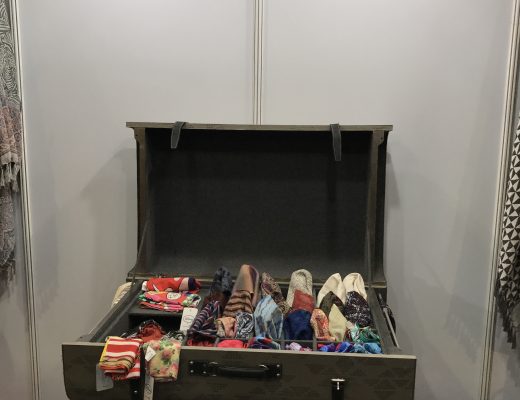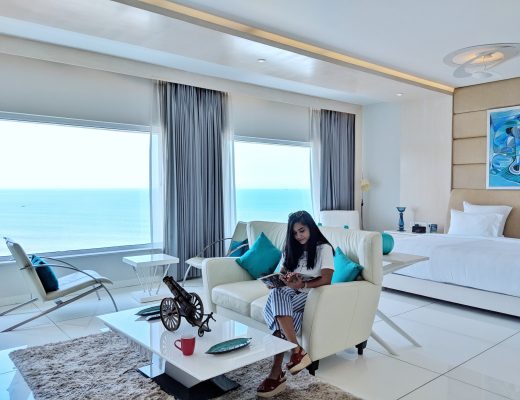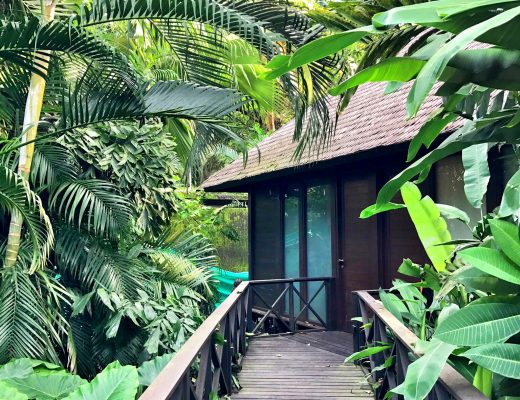Over the last decade, India has become the largest manufacturer of carpets, surpassing its contemporaries like Iran, Turkey, Nepal, Pakistan, Morocco etc. As far as the rug category is concerned, there was little or no presence of Indian art in this domain.There was a need to break out of the shackles of colonisation and create something ethereal. An opulent event at the Bikaner House was dedicated to the same mission.
OBEETEE, a leading manufacturer of hand-knotted and hand-tufted rugs in India, joined hands with India’s celebrated couturier, Tarun Tahiliani– a name synonymous with aesthetic reinvention, to showcase quintessential indian designs for the first time in the country’s artistic rug heritage.The framework of this collection is based upon three distinct design structures – The Antique Frames Collection, the Chikankari Collection and The Abstract Art Collection. Obeetee has been preserving handmade luxury that echoes India’s culture and heritage since 1920 in Mirzapur, Uttar Pradesh. It has drawn attention of many prominent figures like her Majesty Queen Elizabeth II.
How do they manufacture?
Obeetee is integrated vertically. They have 15,000 artisans on board, many of whom are fifth or sinth generation weavers- in seven districts around Mirzapur.
First, the designers create a naksha, or master plan, for a carpet. In yesteryears they were drawn with hand but today the same gifted artists create it using state-of-the-art CAD systems. The client and designers can share each stage of the carpet development in real time. Also, every obeetee product carries a digital fingerprint telling when it was loomed, and where.
What sets it apart from its contemporaries?
Obeetee’s work culture is exemplary. They pay higher wages and insist on more favourable conditons for artisans. They use safe dyes and chemicals, and were the first in the industry to set up water effluent treatment plants and air pollution control systems. Their systems are fuelled by gas derived from biomass. They follow a strict policy of not employing anyone below the age of 16, even though government limit is 14
These were the main themes on show:
- Antique frames is based on the borders painted in the most elaborate refinement, on the periphery of most Indian/Mughal miniature paintings. Each rug encapsulates the mood, and is finished with a distressed looks to reflect the patina of that era.The rich colour palette celebrates lively tones like Indian reds, burgundies and rusts.
- Art of chikankari, is a traditional embroidery; the blocks have been sourced from the cornices of the local architecture and have jaals and vines from the Persian gardens.







No Comments